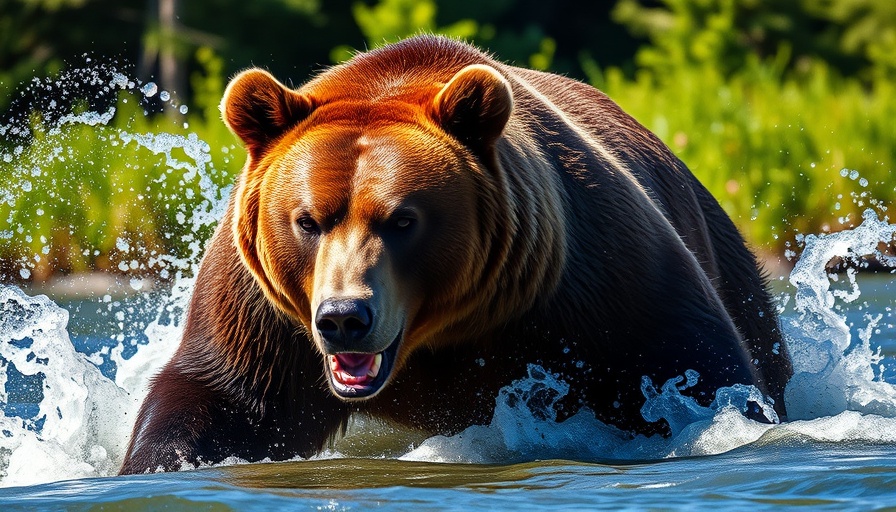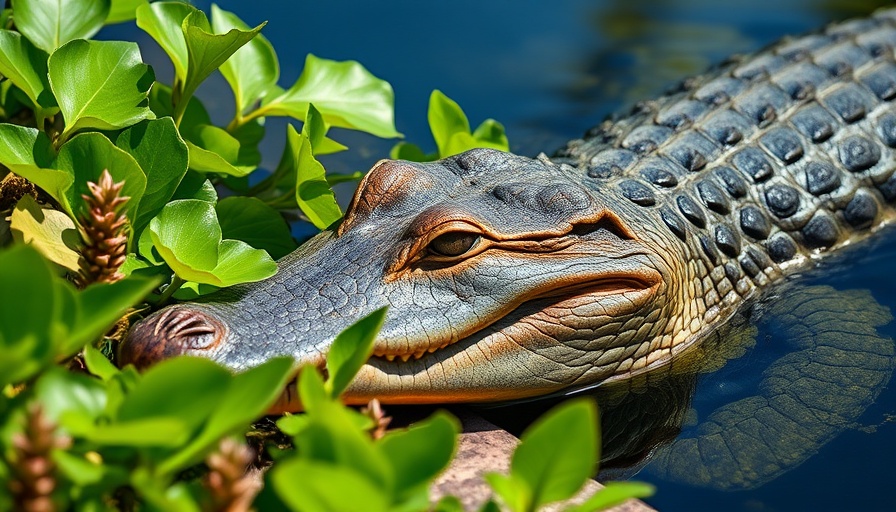
Tragic Loss: The Story of Tex the Grizzly Bear
Tex the grizzly bear was not just another wild animal; he was a vibrant young soul navigating the vast landscapes of Texada Island, British Columbia. This exhilarating journey took a tragic turn when Tex was shot and killed, a decision made without authorization while he awaited a life-saving relocation by local Indigenous communities. The shíshálh, Tla’amin, and Homalco Nations had stepped forward with a compassionate plan to safely relocate Tex back to Indigenous territory, showing profound respect for both the bear and the ecosystem.
A Failure of Government Accountability
The unfortunate fate of Tex sheds light on a systemic failure in wildlife management and governmental accountability. Instead of honoring the proposed peaceful intervention, the government acted swiftly but recklessly, resulting in the needless death of a creature that could have been saved. This incident is a call to action, urging citizens to hold their lawmakers accountable and advocate for better policies that prioritize the welfare of wildlife and Indigenous cooperation.
The Role of Indigenous Communities in Wildlife Conservation
There is a growing recognition of the invaluable role Indigenous communities play in wildlife management and conservation. In many cases, these communities offer key insights drawn from generations of lived experience in harmony with nature. Tex’s story highlights the need for genuine collaboration, aligning government policies with the UN Declaration on the Rights of Indigenous Peoples—an agreement that aims to integrate Indigenous perspectives into the stewardship of their traditional lands.
A Call for Action: How You Can Make a Difference
The tragic demise of Tex the grizzly bear should not be in vain. This incident has sparked a movement to demand investigations into governmental decisions and to call for a legislative framework that respects Indigenous sovereignty. If you are touched by this story and wish to advocate for future wildlife protection, consider signing the petition to urge British Columbia lawmakers to probe into Tex’s death, ensuring that such negligence never occurs again.
The Importance of Collaboration in Conservation
Understanding the balance between wildlife protection and human intervention is crucial. Collaborative efforts are essential for creating effective conservation frameworks. When governments and Indigenous partners unite, they create pathways for ethical wildlife management strategies, respecting both ecosystems and cultural values. The stark contrast between government failure in Tex’s situation and the potential for collaboration emphasizes that systemic change is urgently needed.
Looking Ahead: Future Trends in Wildlife Management
The incident involving Tex raises significant questions about the future of wildlife management in British Columbia and beyond. As people become more aware of the complexities surrounding animal conservation, we can anticipate an increase in public demand for transparency and ethical practices in government policies. Wildlife advocates are hopeful that this case could lead to meaningful reforms, ultimately protecting other species similarly at risk.
Join the effort to ensure that Tex's story serves as a catalyst for positive change. Sign the petition to protect wildlife and honor Indigenous leadership. Every action counts!
 Add Row
Add Row  Add
Add 




Write A Comment